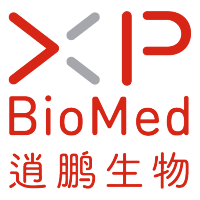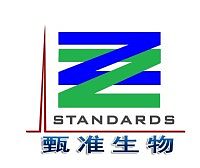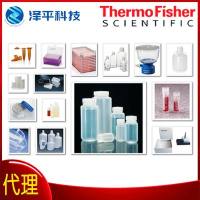Nonfouling Surfaces: A Review of Principles and Applications for Microarray Capture Assay Designs
互联网
579
Microarray technology, like many other surface-capture diagnostic methods, relies on fidelity of affinity interactions between a surface-bound probe (e.g., nucleic acid or antibody) and its target in the sample milieu to produce an assay signal specific to analyte. These interfacial interactions produce the assay result with the associated assay requirements for sensitivity, specificity, reproducibility, and ease-of-use. For surface-capture assays, surface properties play a critical role in this performance. Microarray surfaces are routinely immersed into aqueous target solutions of varying complexity, from simple saline or buffer solutions to serum, tissue, food, or microbiological lysates involving thousands of different solutes. The surface chemistry must not only be capable of immobilizing probes at high density in microscale patterned spots, retaining probe affinity for target within these spots, reducing target capture outside of these spots, but also be efficient at eliminating nontarget capture any where else on the surface. Historically, the development of surface chemistry with these specific “nonfouling” properties has been an intense interest for bioassays, with many types of architectures, molecular compositions, and performance capabilities across many different surface-capture assays. The unique environment of the bioassay, including the long-standing problems associated with high concentrations of “nontarget” proteins and other surface-active biomolecules in the assay milieu, has proven to be quite challenging to surface chemistry performance. Microarray technology designs with microspotted patterns must address these problems in these challenging dimensions in order to improve signal:noise ratios for captured target signals on surfaces. This chapter reviews principles of protein-surface interfacial physical chemistry, protein adsorption as a source of assay noise, and various approaches to control this interface in the context of surface-capture assay fabrication andimproving assay performance from complex milieu. Practical methods to modify surfaces for biological assay are presented. Polymer substrate coating methods, including “grafting from” and “grafting to” strategies, polymer brushes, and alternative surface modification methods are reviewed. Methods to assess biological “fouling” in the bioassay format are also discussed.









